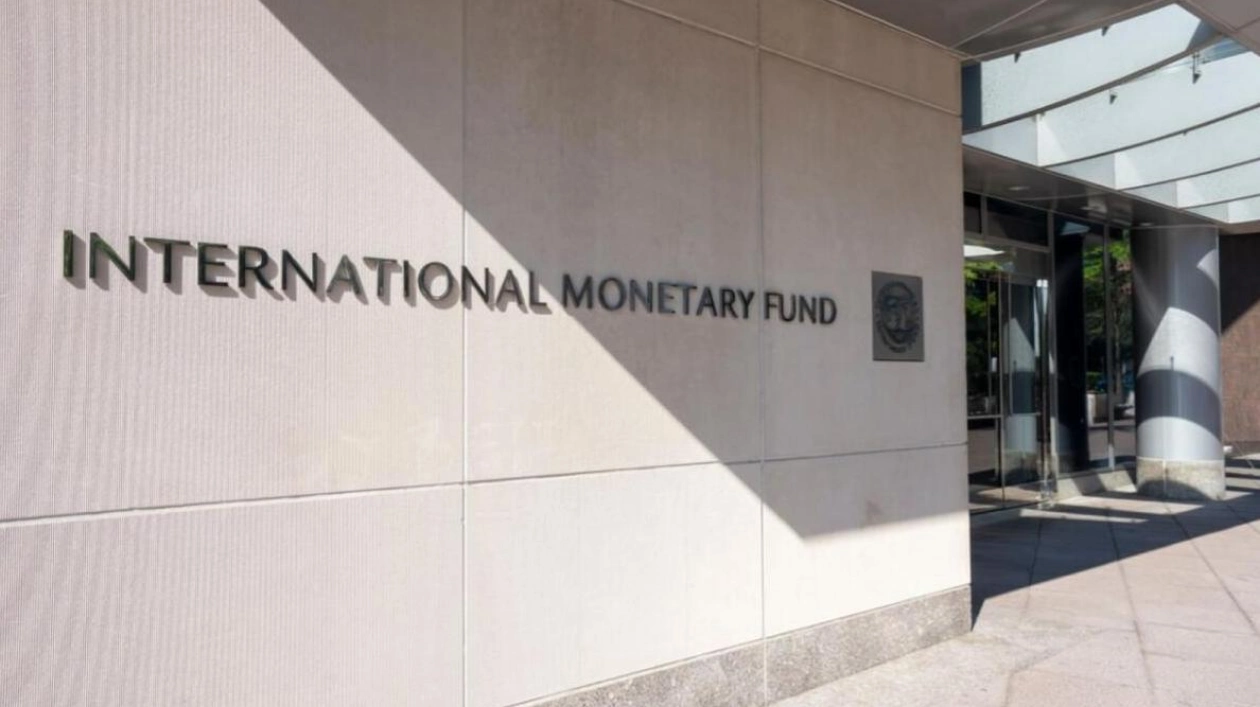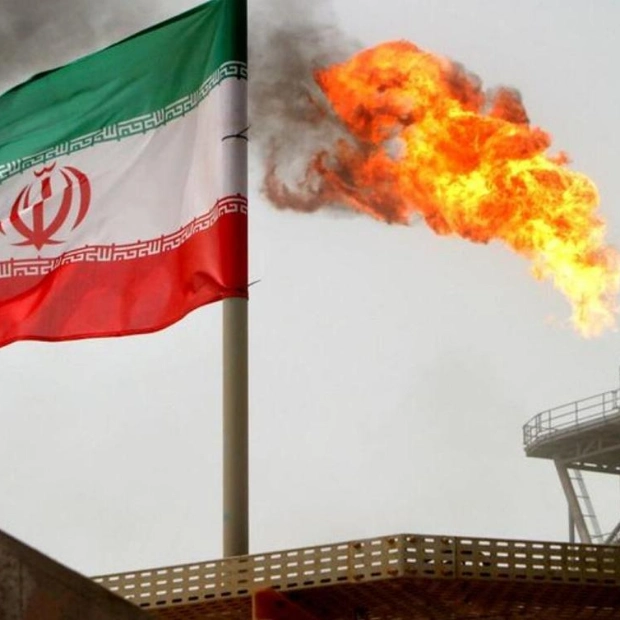The International Monetary Fund (IMF) has slashed its members' borrowing costs by roughly US$1.2 billion per year, as disclosed by IMF Managing Director Kristalina Georgieva. In a recent press release, Georgieva announced, “The implemented measures will reduce IMF borrowing costs for members by 36 percent, equating to about US$1.2 billion annually.” She further mentioned that the number of countries facing surcharges is anticipated to drop from 20 to 13 by fiscal year 2026.
This year marked the IMF's first review of its surcharge policy since 2016, prompted by escalating global interest rates that have driven up borrowing costs. The IMF applies standard interest rates, coupled with extra surcharges, on loans that surpass specific thresholds or durations, as well as commitment fees for precautionary arrangements. Georgieva emphasized, “Charges and surcharges continue to be a vital component of the IMF’s collaborative lending and risk management structure, where all members contribute, and all can gain support when necessary.” The revised policies will become effective starting November 1.
Currently, five countries—Ukraine, Egypt, Argentina, Ecuador, and Pakistan—are subject to the highest surcharges imposed by the IMF, according to research from Boston University’s Global Development Policy Centre. Argentina’s Finance Minister, Pablo Quirno, highlighted that Argentina, currently the IMF's biggest debtor, is projected to save more than $3 billion as a result of these reforms. However, the announcement did not fully satisfy some academics, non-profit organizations, and other economists who advocate for the complete elimination of IMF surcharges, arguing that they add extra strain on borrowing countries grappling with difficult economic situations and impede the efficacy of IMF support.






